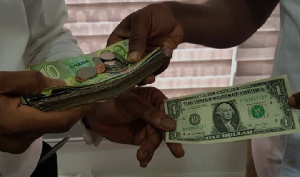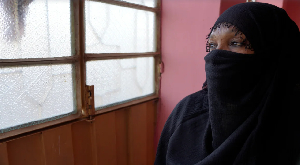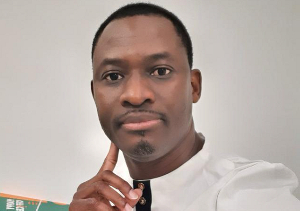Mrs. Justice Georgina Wood’s cocaine investigation is testing the margins of almost all the known sectors of the body politic: Crime is being investigated; the Police Service is under intense stress; the business community – how individuals and companies make money – is under the spotlight; the political establishment is in turmoil; added to this heady mix is the media and what it may be doing right or wrong. Last week, sections of the media were “accused” of publishing confidential material from an in-camera sitting of the committee.
The Ghana Journalists Association (GJA) weighed in and issued a statement condemning the “guilty” media. Yesterday, Mrs. Gina Blay, the proprietor and Editor of the Daily Guide appeared before the Committee and among other things was asked by the Committee to disclose the source which gave her newspaper the details of the in-camera sittting which was carried as a front page story on 16th August 2006 Mrs. Blay told the committee: “I won’t tell you my source today or tomorrow.”
The story disclosed that the Inspector General of Police (IGP), Mr. Patrick Kwarteng Acheampong had disowned ACP Kofi Boakye during the in-camera sitting of the Committee. This revelation did not go down well with ACP Kofi Boakye’s lawyers and they pleaded with the Committee to invite her to disclose her source.
Mrs Blay told the Committee that the source is not a member of the Committee and “I have to protect my source.”
Her Lordship Georgina Wood said the Committee cannot force Mrs. Blay to disclose her source if she did not want to, but told Mrs. Blay “please next time be guided by ethics”.
The lawyers for ACP Kofi Boakye, who were aggrieved by that publication refused to cross examine Mrs. Blay, when the Justice Wood, asked them to do so.
Mrs. Blay told ADM that she had it on authority that no court in the land can compel her to disclose her source. She said she was very confident about that and would continue to protect her source.
“After all”, she told ADM, “they agreed that our report was accurate in all material senses.”
The issue of source disclosure is still a very confusing and controversial issue in media practice. Four years ago, ADM was caught in a similar situation when the GJA Ethics Committee asked the newspaper to publicly disclose its source in the US$125,000 scandal. ADM declined, but agreed to supply the source in-camera.
The Ethics Committee spurned that offer and subsequently issued a statement claiming that ADM was either “unwilling or unable” to substantiate its story, a position which ADM scoffed at as “bunkum”. That source has never been revealed by ADM, though another publication, two years later fingered a Nana Fitz.
Even in the land of “press freedom”, the USA, source disclosure can often lead to dire situations for journalists. A New York Times reporter was jailed last year when she refused to disclose her source in a case involving the wife of a former US diplomat, whose cover was blown as a CIA operative allegedly by the White House to penalize her husband who was an outspoken critic of the Bush Administration’s invasion of Iraq.
Whether Mrs. Blay has got off or not, with her bold and defiant stance regarding her source is yet to be tested, but one thing cannot be missed: The media is now part and parcel – indeed a major player in these investigations
General News of Monday, 21 August 2006
Source: ADM
















